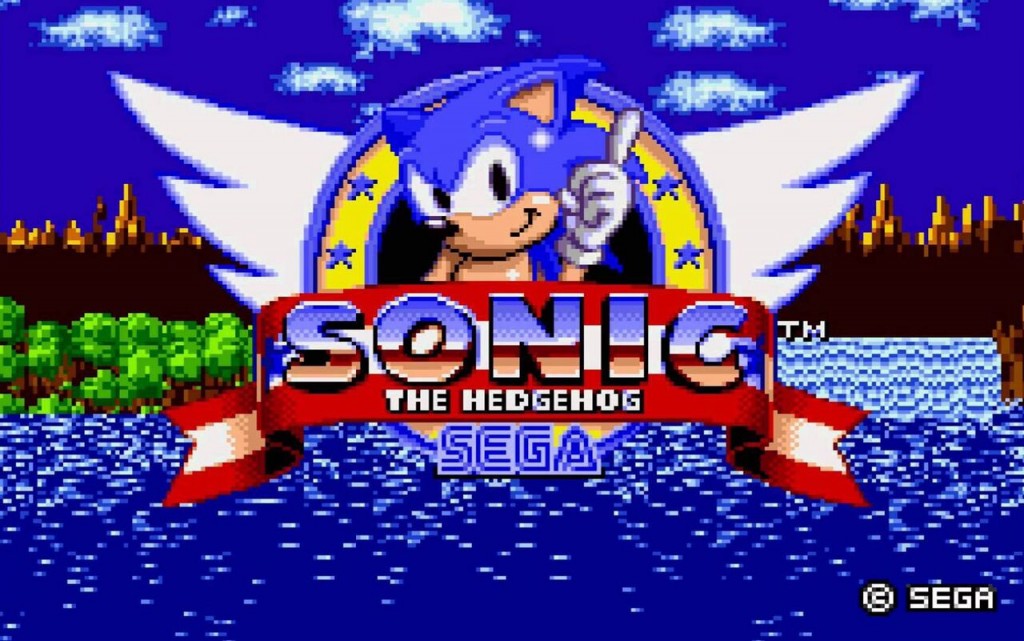
How ‘Sonic Mania’ backpedals to move forward
By Brittney MacDonald, Life & Style Editor
It’s no secret that Sonic the Hedgehog hasn’t really had a hit game within its franchise since the demise of the Sega Genesis. Both critics and fans have panned the most recent games, citing not only their abundant bugs, but also the overall disconnect from what made the original Sonic the Hedgehog 1 and 2 so commercially successful. In an effort to rectify this, Sega has gone back to basics—8-bit, to be precise.
The new Sonic Mania is an 8-bit side-scrolling ode to the origins of Sega’s favourite blue hedgehog. Stylistically it looks like it belongs in the early ’90s; however, it is not a remaster. Sonic Mania is completely new, both narratively and in its gameplay. Though the narrative is simplistic—stop Eggman from replacing everything with machinery and robots—you face new enemies, and you can reap the benefits of modern programming technology. This means that in addition to the basic abilities that were available in Sonic 1 and 2, you also have some new ones because the programming is no longer limited by the space available on the game cartridge.
Though this seems new and exciting, Sega is simply following in the footsteps of Nintendo. Nintendo released Mega Man 9 in 2008—though released on the Wii, PlayStation 3, and Xbox 360, Mega Man 9 was notable because it was created to be entirely reminiscent of Mega Man 2, a game that was originally released in 1988 on the original Nintendo Entertainment System (NES). Learning from Nintendo, Sega took this a step further by also updating the animation quality and response time. So, though Sonic Mania looks similar to Sonic the Hedgehog 2, if you were boot up a copy of Sonic 2 on a Sega Genesis and compare the two, Sonic Mania would appear a lot sleeker and be more aesthetically pleasing—though the levels are still just as difficult to beat!
The reason why Sonic Mania seems like such a labour of love is because it is. The Sonic games from the ’90s have such a cult following that they actually have a huge community of fans dedicated to making ports of them (porting is when someone converts a game meant to be played on one system or console, so that it runs on a different one). This is often done on classic games that haven’t been remastered, and is usually done for free considering it actually breaks copyright laws. This type of community also breeds fan-made titles—games that fans have made, that look like their classic counterparts, but with new levels and enemies. Sound familiar?
It is among these superfans that Sega sought to find people who would create a game that would capitalize on the nostalgia of Sonic’s glory days. In doing so they found Christian Whitehead, an active member of the Sonic port and fan community, who assembled a team of game designers who had cut their teeth making popular fan-made Sonic games online. Because of this, Sonic Mania has been able to recapture what made the original ’90s games so good in a way that also embraces the occasional good points of the more recent games—such as more diverse multiplayer modes and objective orientated racing. The end result is a game that fans of the franchise, like myself, want to play—because it was made by people just like us.



